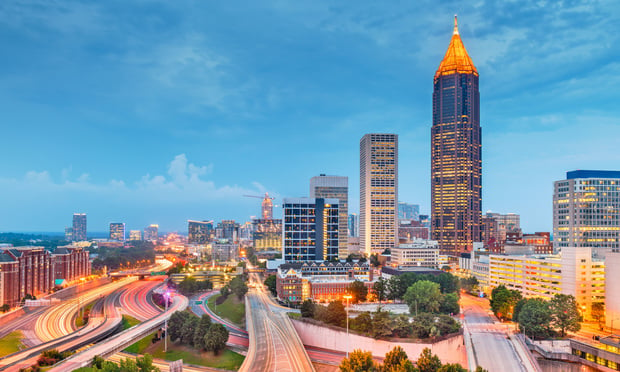The comment about the dysfunctional nature of traditional stand-alone malls came from panelist Shaheen Sadeghi, founder of Costa Mesa, CA-based LAB Holding, a firm that eschews traditional malls in favor of projects like its youth-oriented "the Lab" in Costa Mesa, a center that the developer describes as an "anti-mall."
The five-member panel, moderated by managing principal and president Greg Vilkin of San Francisco-based MacFarlane Partners, agreed that the heyday of the freestanding mall surrounded by surface parking is long gone and that the remodeling, repositioning and razing of existing malls that has occurred in recent years will only continue. The gist of much of the discussion was that stand-alone malls as they developed during the suburban boom in America during the past 50 years have run their course, but mixed-use developments including shopping venues as one part of the mix are the way of the future.
The heart of the matter is not so much that retail developers today are planning retail spaces, "It's more about urban planning," commented panelist Yaromir Steiner, chief executive officer of Columbus, OH-based Steiner + Associates. Steiner said that much of the redevelopment of existing shopping centers and the building of new centers today amounts to urban planning because it involves so much more than just the retail component of a project.
Sadeghi echoed that sentiment, commenting that retail developers today "have gone from being mall developers to being neighborhood developers." Sadeghi's firm keeps its eye on cultural shifts and was one of the first to spot the trend toward "green" living and developments, he pointed out. His company avoids formulas and emphasizes individuality in its projects, he explained, citing examples like the Camp in Costa Mesa, which is designed to appeal to the environmentally conscious and outdoors-oriented.
The panelists included representatives from two of the biggest players in the mall world, senior vice president Thomas D'Alesandro IV of Chicago-based General Growth Partners and Brian Jones, president of the Forest City West Commercial Group of Cleveland-based Forest City. D'Alesandro declared the mall "alive and well," albeit in different forms than the traditional stand-alone suburban variety, and he summarized some of General Growth's efforts to reinvent some of its properties.
At Columbia Town Center in Maryland, for example, GGP is working with citizens and public officials on a blueprint to redevelop Town Center over the next 30 years. The plan is expected to propose new residential and commercial development, suggest ways to make it easier for pedestrians to travel between such the Columbia mall and other destinations, according to a Columbia Town Center web site.
At another General Growth property, the Cottonwood Mall in Holladay, UT, the company is demolishing the old mall to make way for a new $550 million redevelopment of the 57-acre mall site that will create a mixed-use retail, office and residential project.
The demolition of Cottonwood Mall illustrates that "a total scrape" of a mall site is sometimes the best solution for older properties, according to Forest City's Jones, who pointed out that the factors driving the changes in retail planning today include a shrinking number of traditional department store anchors and the inclusion of new elements such as governmental and cultural uses. As an example Jones cited Forest City's Victoria Gardens in Rancho Cucamonga, where the developer included a library, a police station and a cultural center in designing a project that was a whole new city center as opposed to a stand-alone shopping venue.
Nonetheless, Jones said that some of the country's most successful enclosed malls, such as South Coast Plaza in Costa Mesa, will survive. It's the A-minus and B malls that will need to be reinvented, he said, but the owners of those properties will need to put some thought into their plans. "You can't just stick some outdoor on an enclosed mall and have it work," he said.
Moderator Vilkin, in setting the stage for the discussion, described the forces that are driving the reinvention of enclosed malls, including a US population that is expected to grow by 40 million to 60 million in the next 25 years and the return of a large segment of the population to cities and high-density suburban developments that feature "a walkable, pedestrian lifestyle." Much of the US population lived a walkable, pedestrian lifestyle before World War II, Vilkin pointed out, but that gave way to the car culture and suburban sprawl after the war. "Now, we are seeing a pattern change again" in the return to cities and city-style suburban developments, the MacFarlane partners president said.
Although many of these new developments feature outdoor shopping, the salient point about them is not whether the retail is enclosed or open, observed Steiner. In creating projects that feature a walkable, pedestrian lifestyle, the Steiner + Associates CEO said, it's not so much that retail developers are creating a new trend, it's more like, "We are just coming back to sanity."
© 2025 ALM Global, LLC, All Rights Reserved. Request academic re-use from www.copyright.com. All other uses, submit a request to [email protected]. For more information visit Asset & Logo Licensing.







